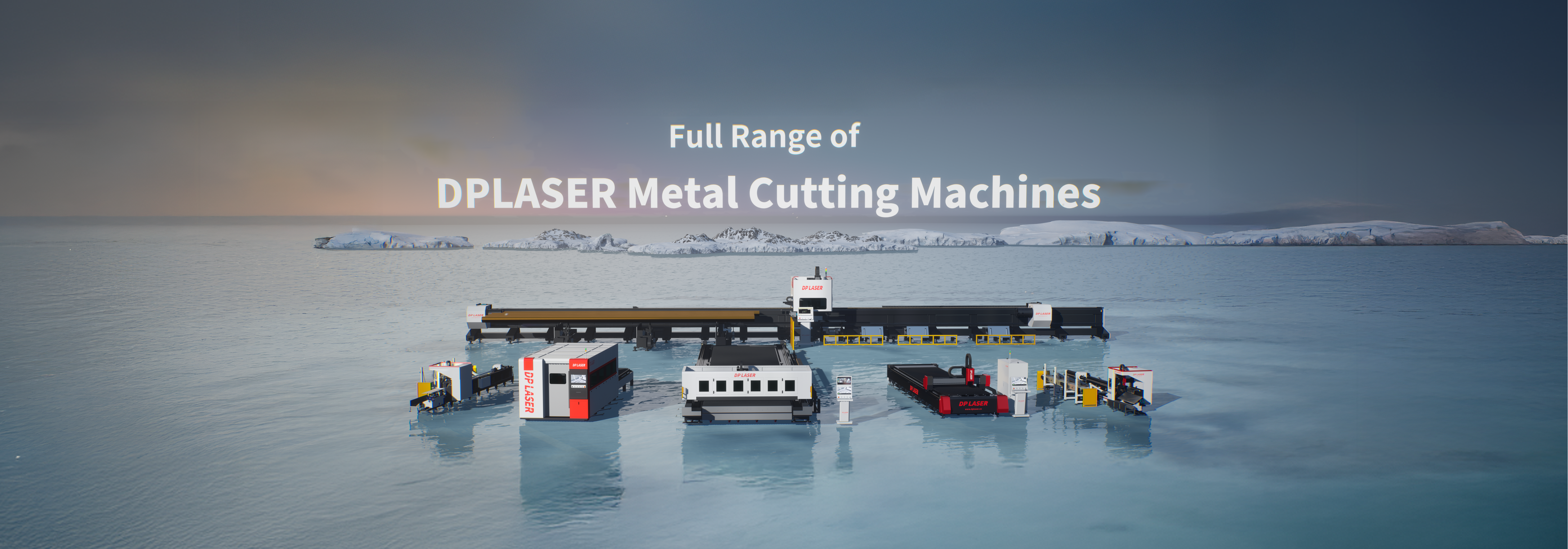Applications And Trends Of Robot Laser Welding
The difficult process of manufacturing that brings together robots and lasers is called robot laser welding. It is a process that utilizes laser beams to fuse materials together, ensuring that the resulting workpieces are highly durable and of good quality. This is owing to being in a position to effectively do the joining process at a substantially high speed. Therefore, robot laser welding technology has gained a lot of popularity in many industries.
Key Applications of Robot Laser Welding
The automotive industry is one of the areas of the application of robot laser welding. Manufacturers implement this technology to put together vehicle units such as the chassis and body panels. The laser beam welding process reduces distortion and defects with a tidy finish which are very important for stringent design limits and improving vehicle dynamics.
The electronics segment is yet another area with a notable application. Components interlocking, i.e. circuit boards to connectors, have to be laser welded since conventional welding may be risky. There is no overheating done which can cause total or partial damage to the electronics assembled.
Within the context of the aerospace industry, robot laser welding is a technology used for the production of aerospace lightweight structures with high mechanical properties. The technique is especially useful in the welding of titanium and aluminum alloys, which are important in the light weight and fuel efficiency of the aircraft.
New Developments in Robot Laser Welding
With the improving technology, it can be expected that various changes will take place in robotic laser welding. One of them is the growth of artificial intelligence (AI), advanced computerization and smart machines that make welding work better. The technologies that enable this are the use of sensors and cameras to have real-time feedback and control processes.
The market for fittings slabs is also exhibited with the increasing adoption of hybrid welding systems. This method provides manufacturers with the ability to utilize the advantages offered by both methods, thus, enhancing the diversity of operations and opportunities for welded materials.
In addition, robot laser welding has been associated with taking care of the environment. Industries are looking for cleaner operations that generate less waste and consume less energy. Compared to conventional processes in which traditional welding is used, laser welding is more energy saving where less heat is generated and wasted.
As the industries keep on looking for innovative solutions to the existing manufacturing problems, robot laser welding is still on top of the technological advances. In DP Laser we always adhere to the principle of providing the most advanced and effective sorts of laser welding.

